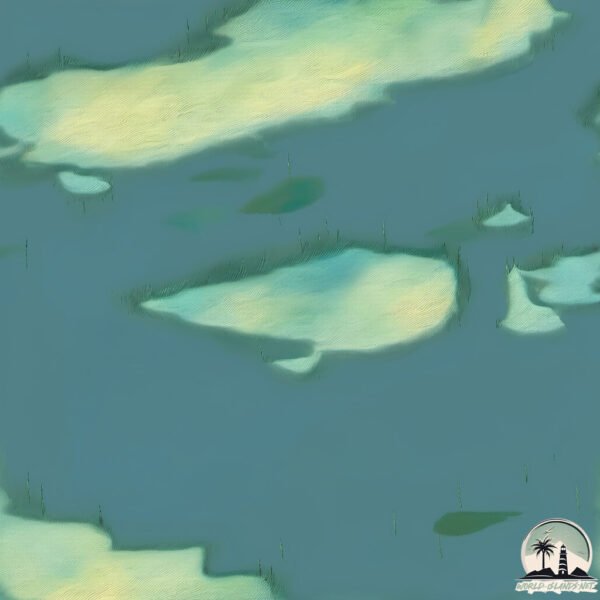Ukalilik

Welcome to Ukalilik, a Polar island in the Davis Strait, part of the majestic Arctic Ocean. This guide offers a comprehensive overview of what makes Ukalilik unique – from its geography and climate to its population, infrastructure, and beyond. Dive into the details:
- Geography and Size: Explore the island’s size and location.
- Climate and Weather: Weather patterns and temperature.
- Topography and Nature: Uncover the natural wonders of the island.
- Infrastructure and Travelling: Insights on reaching, staying, and making the most of your visit.
- News and Headlines: Latest News.
Geography and size of Ukalilik
Size: 3.094 km²
Coastline: 8.8 km
Ocean: Arctic Ocean
Sea: Davis Strait
Continent: North America
Ukalilik is a Small Island spanning 3.1 km² with a coastline of 8.8 km.
Archipel: –
Tectonic Plate: North America – Covers North America and parts of the Atlantic and Arctic Oceans, characterized by diverse geological features and varying levels of seismic activity.
The geographic heart of the island is pinpointed at these coordinates:
Latitude: 68.21755609 / Longitude: -52.99562448
Climate and weather of Ukalilik
Climate Zone: Polar
Climate Details: Tundra
Temperature: Cold
Climate Characteristics: The tundra climate features long, extremely cold winters and short, cool summers. Vegetation is limited to mosses, lichens, and small shrubs due to the low temperatures and short growing seasons. Biodiversity is low, but some specialized species thrive.
Topography and nature of Ukalilik
Timezone: UTC-03:00
Timezone places: America/Sao_Paulo
Max. Elevation: 89 m
Mean Elevation: 66 m
Vegetation: Herbaceous Cover
Tree Coverage: 62%
The mean elevation is 66 m. The highest elevation on the island reaches approximately 89 meters above sea level. The island is characterized by Plains: Flat, low-lying lands characterized by a maximum elevation of up to 200 meters. On islands, plains are typically coastal lowlands or central flat areas.
Dominating Vegetation: Herbaceous Cover
Comprising mainly of grasses, herbs, and ferns, these areas are common in prairies, meadows, and savannas, and can vary widely in species composition. Ukalilik has a tree cover of 62 %.
Vegetation: 2 vegetation zones – Low Diversity Island
Islands with two distinct vegetation zones offer slightly more ecological variety. These zones could be due to differences in elevation, moisture, or other environmental factors. While still limited in biodiversity, these islands may offer a contrast between the two zones, such as a coastline with mangroves and an inland area with grassland.
Infrastructure and Travelling to Ukalilik
Does the island have a public airport? no.
There is no public and scheduled airport on Ukalilik. The nearest airport is Niaqornaarsuk Heliport, located 13 km away.
Does the island have a major port? no.
There are no major ports on Ukalilik. The closest major port is AASIAAT, approximately 54 km away.
The mean population of Ukalilik is 0 per km². Ukalilik is Uninhabited. The island belongs to Greenland.
The name of the island resonates across different cultures and languages. Here is how it is known around the world: Arabic: جرينلاند; German: Grönland; Spanish: Groenlandia; French: Groenland; Portuguese: Gronelândia; Russian: Гренландия; Chinese: 格陵兰
Continuing your journey, Arqitsoq is the next notable island, situated merely km away.
Greenland is classified as Developed region: nonG7: Developed economies outside of the Group of Seven, characterized by high income and advanced economic structures. The level of income is High income: OECD.
News – Latest Updates and Headlines from Ukalilik
Stay informed with the most recent news and important headlines from Ukalilik. Here’s a roundup of the latest developments.
Please note: The data used here has been primarily extracted from satellite readings. Deviations from exact values may occur, particularly regarding the height of elevations and population density. Land area and coastline measurements refer to average values at mean high tide.
